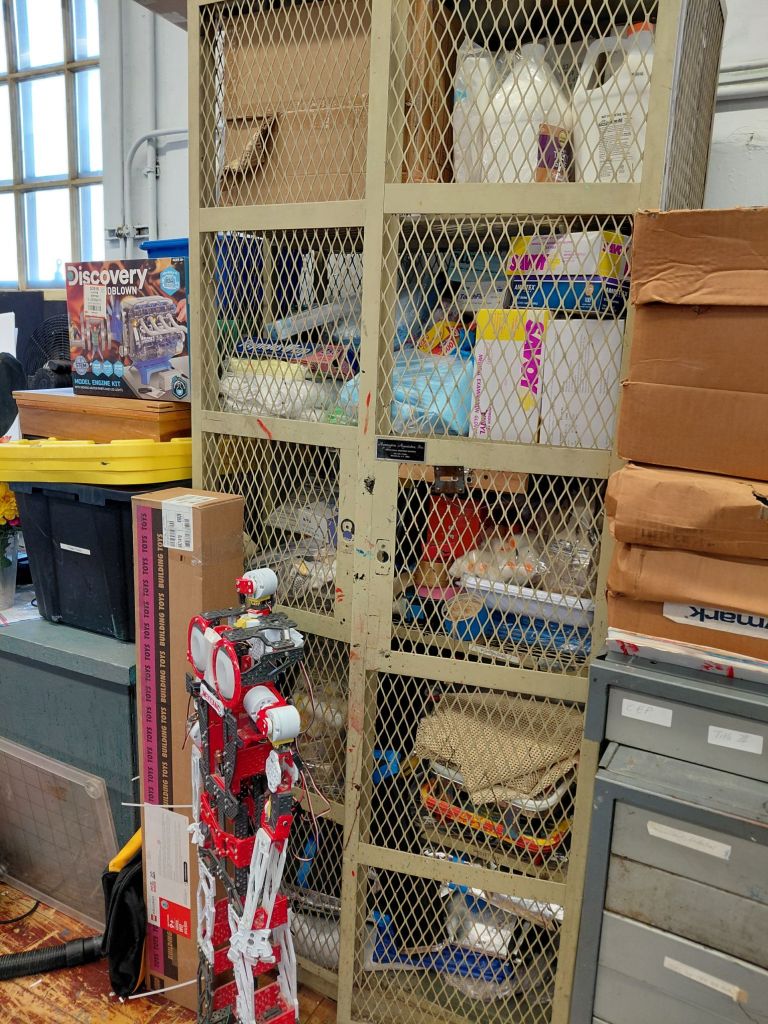


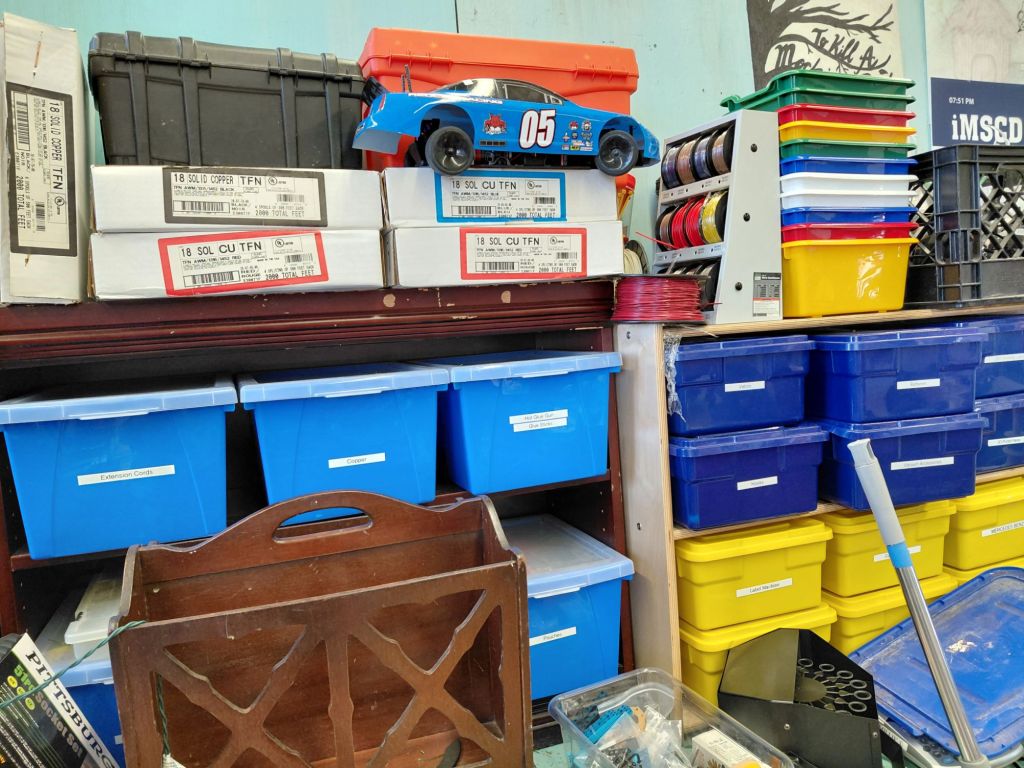

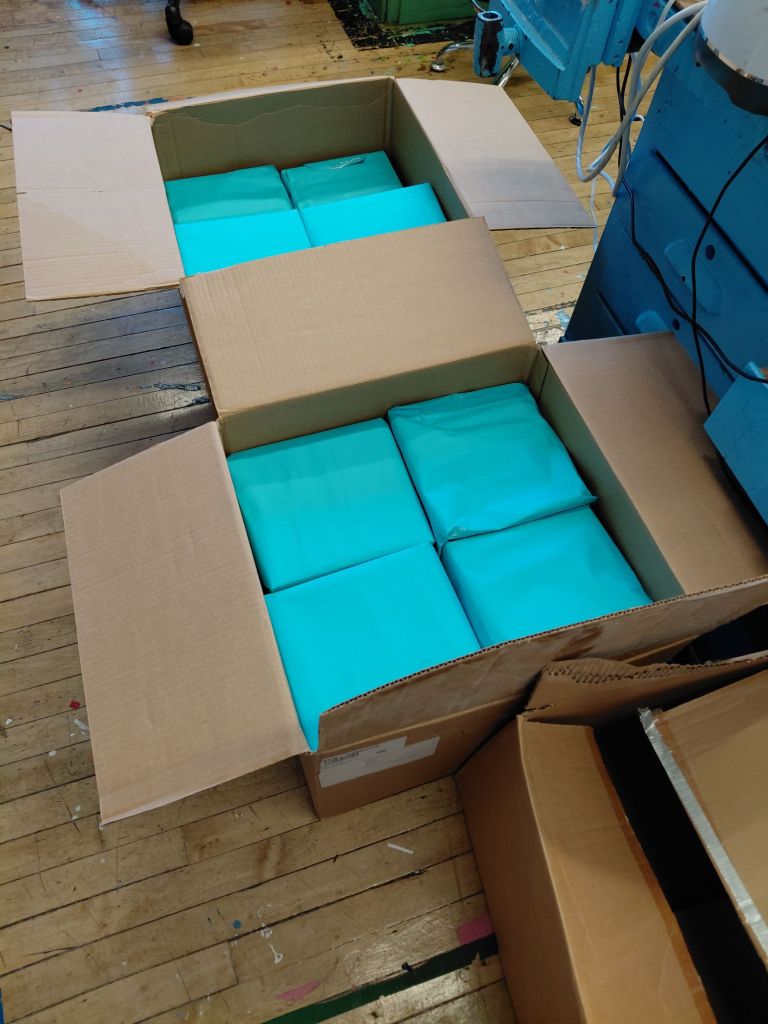
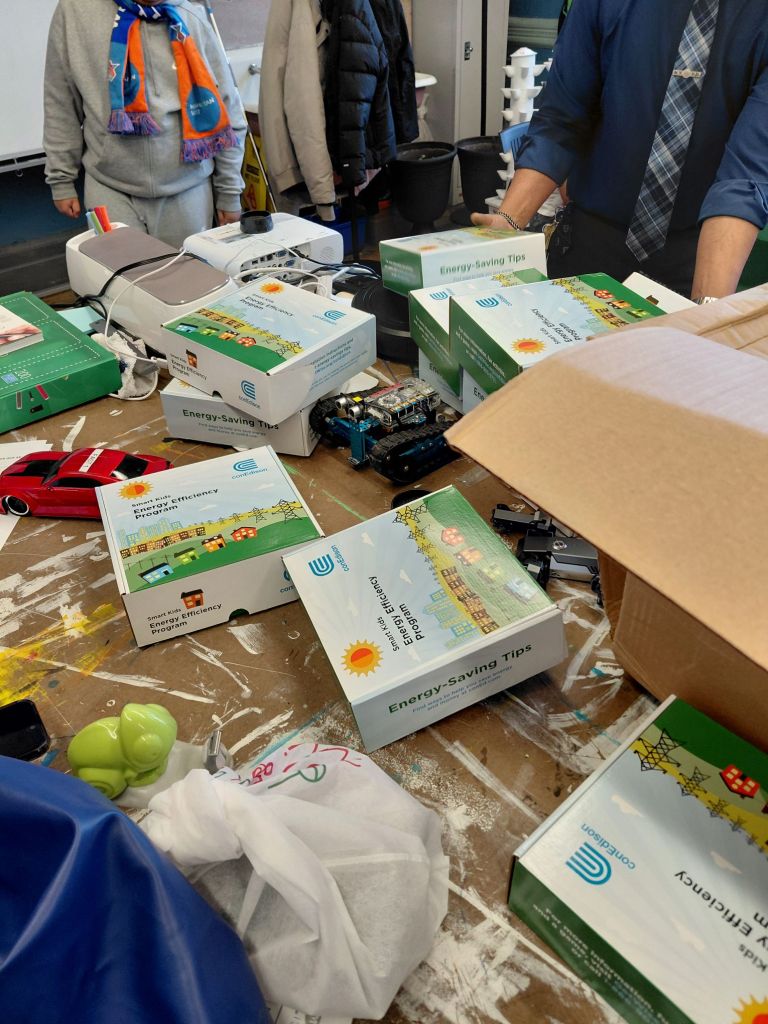

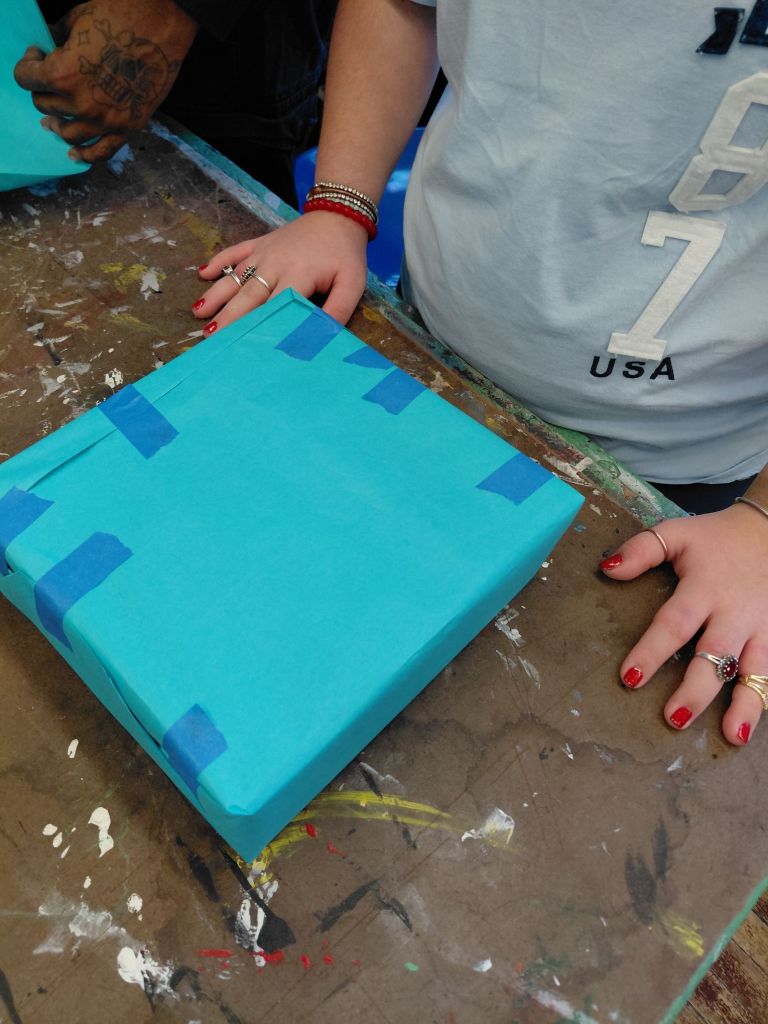


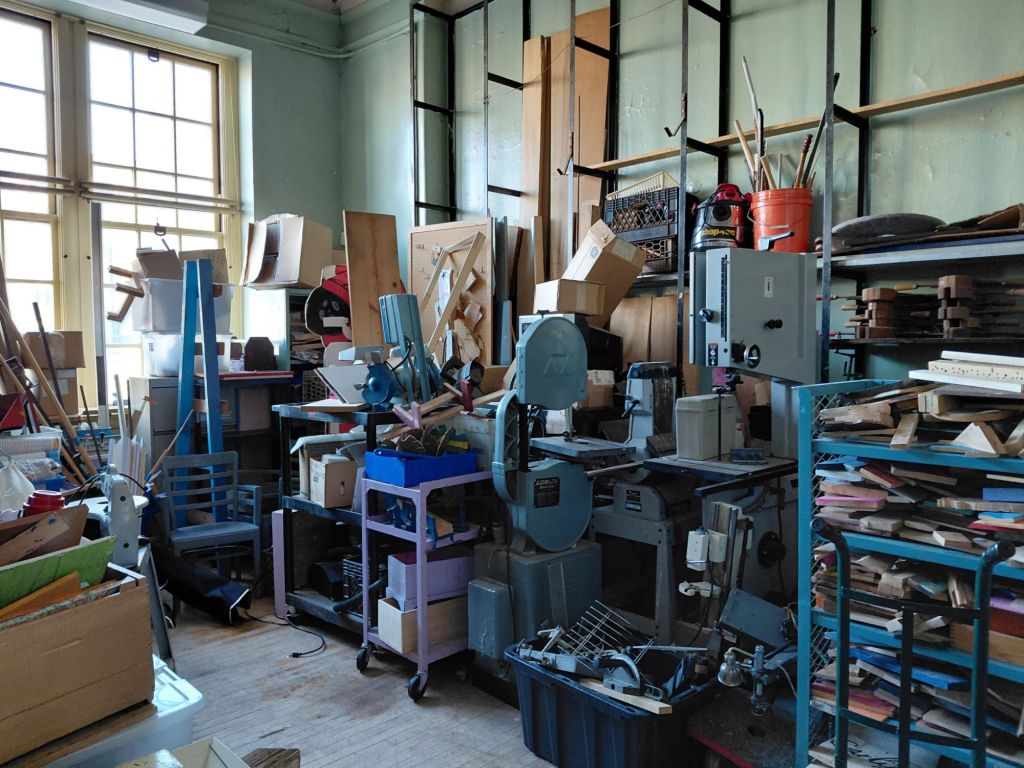
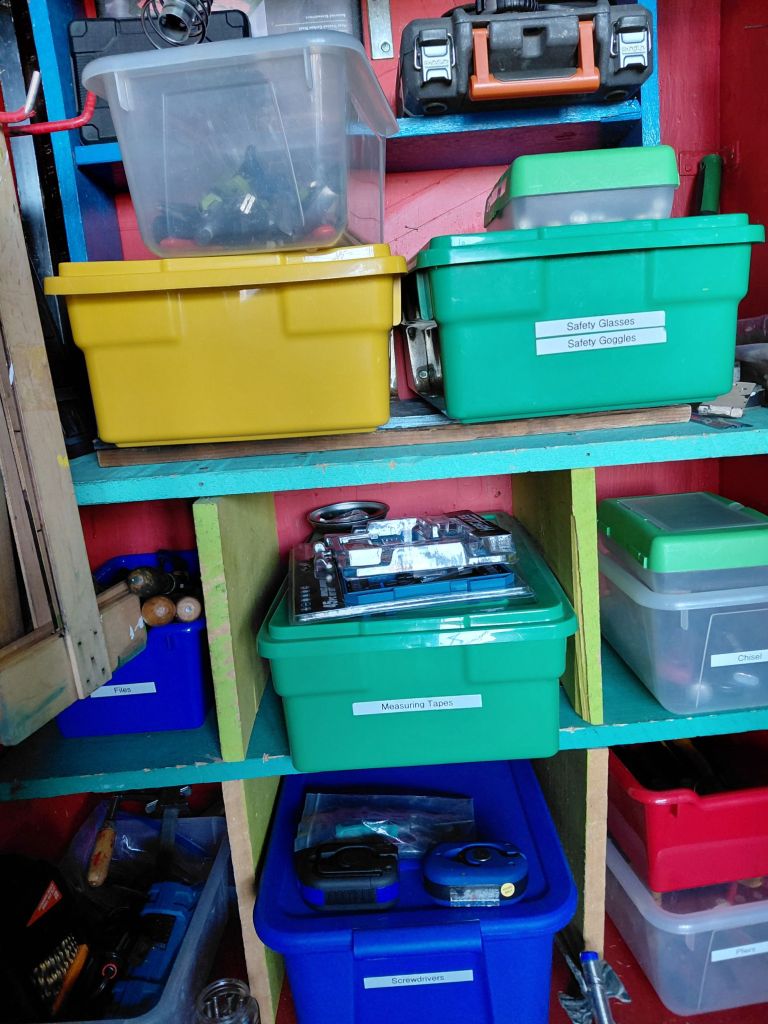
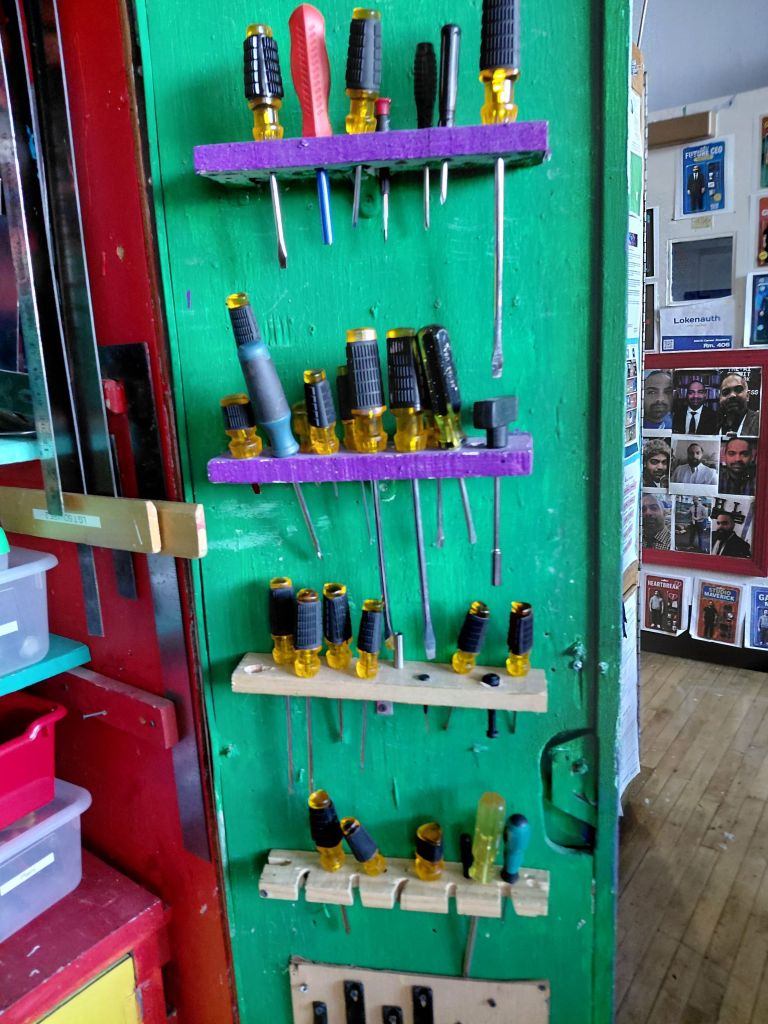
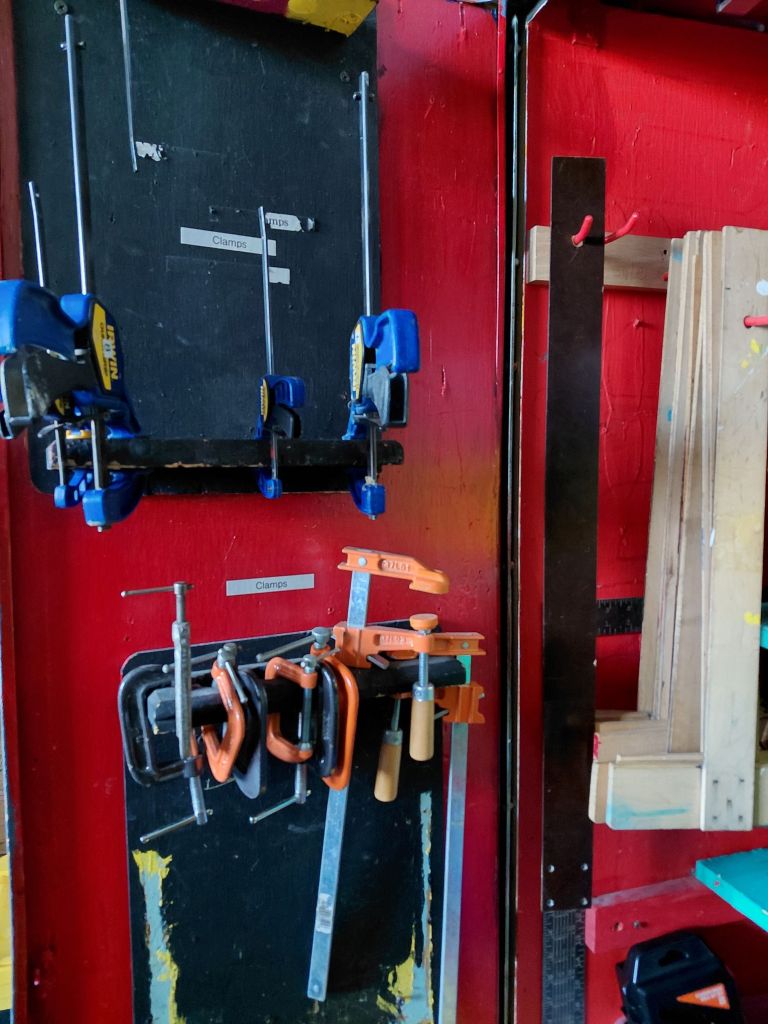
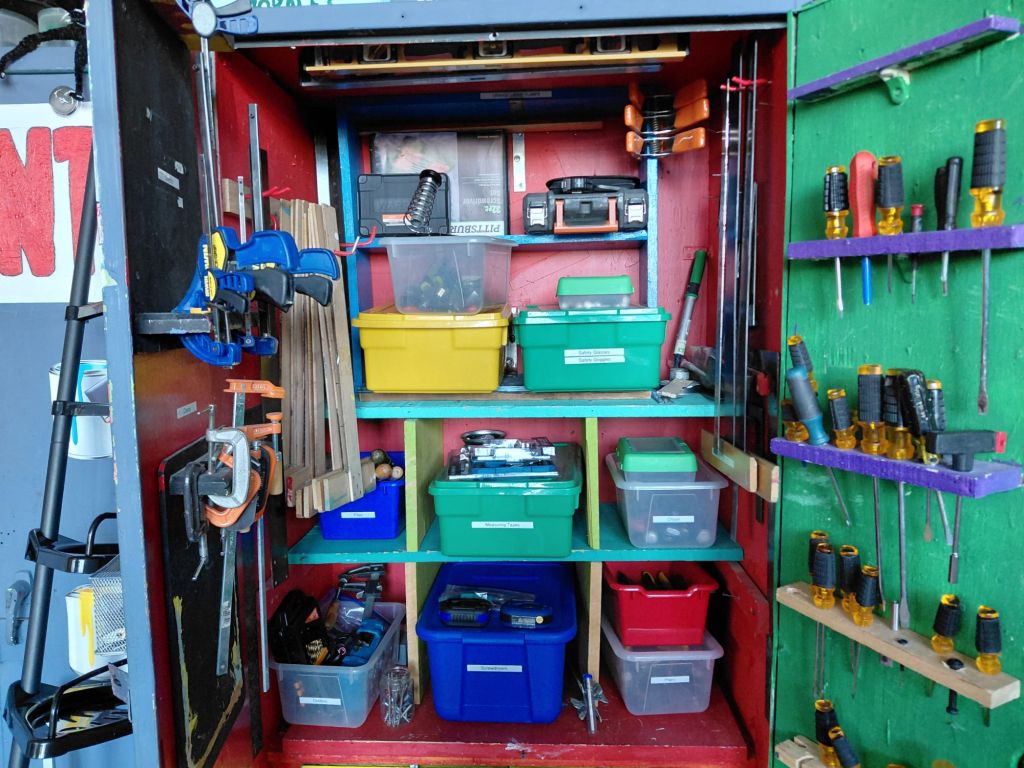




District Coach on the Go
28 Dec 2025 Leave a comment
in 751M, electronics, engineering, Occupational Therapy, robotics, STEM, Workshops Tags: fine motor, wrapping




















02 Dec 2025 Leave a comment
in Manhattan, paper, STEM, Workshops Tags: architecture, scale model
How to incorporate architecture? at the center for architecture, we learned techniques and made models.
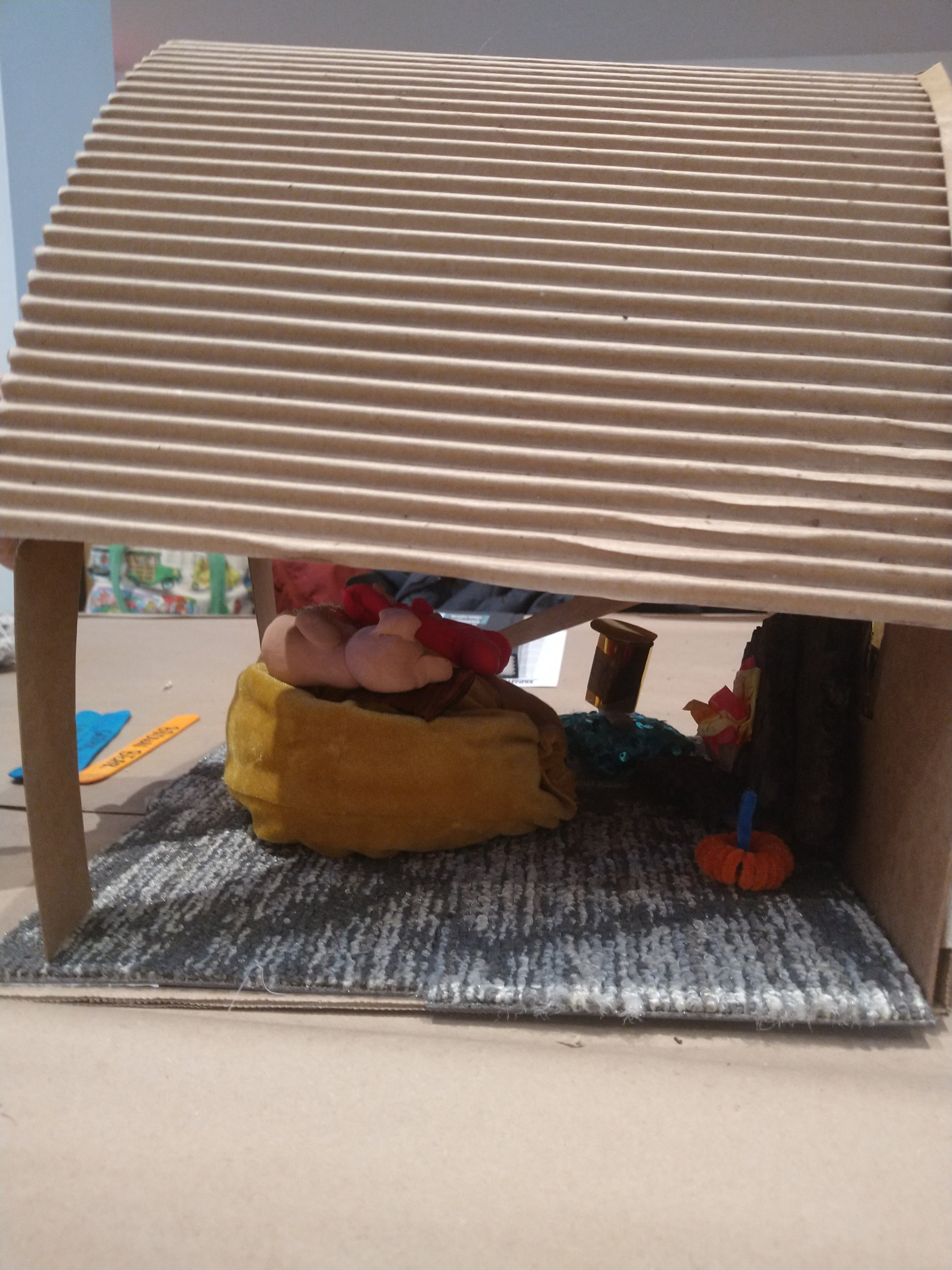




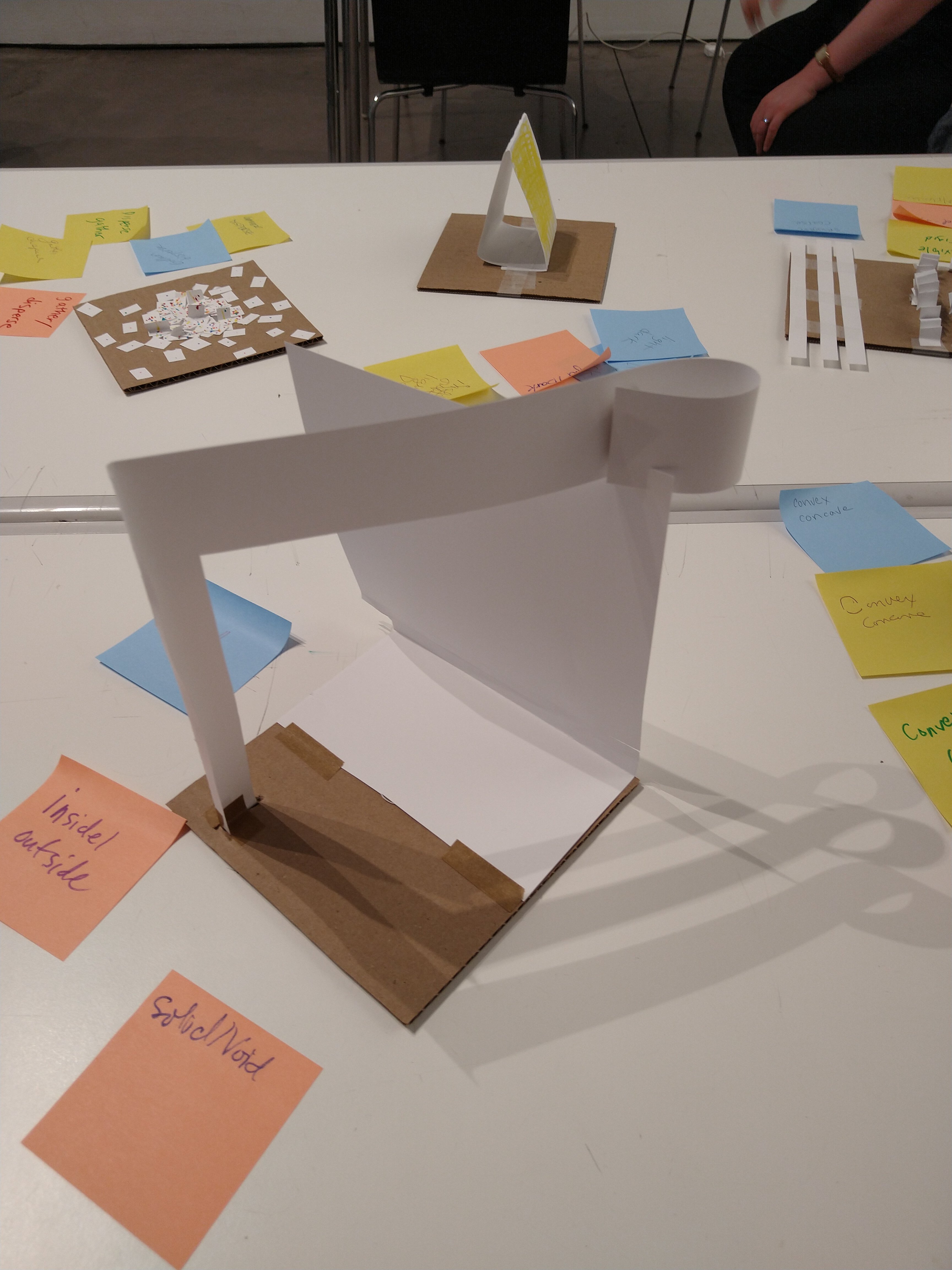
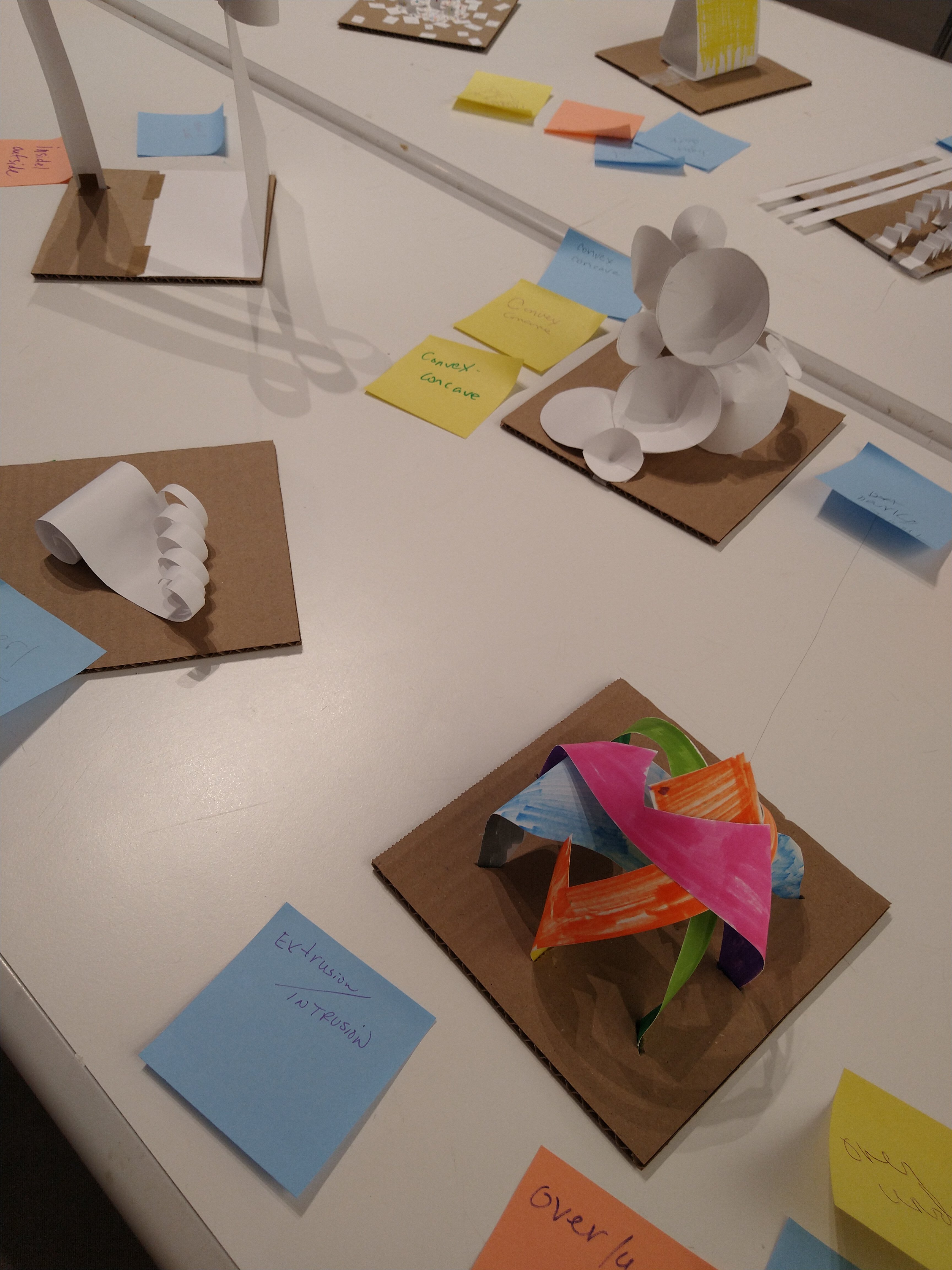

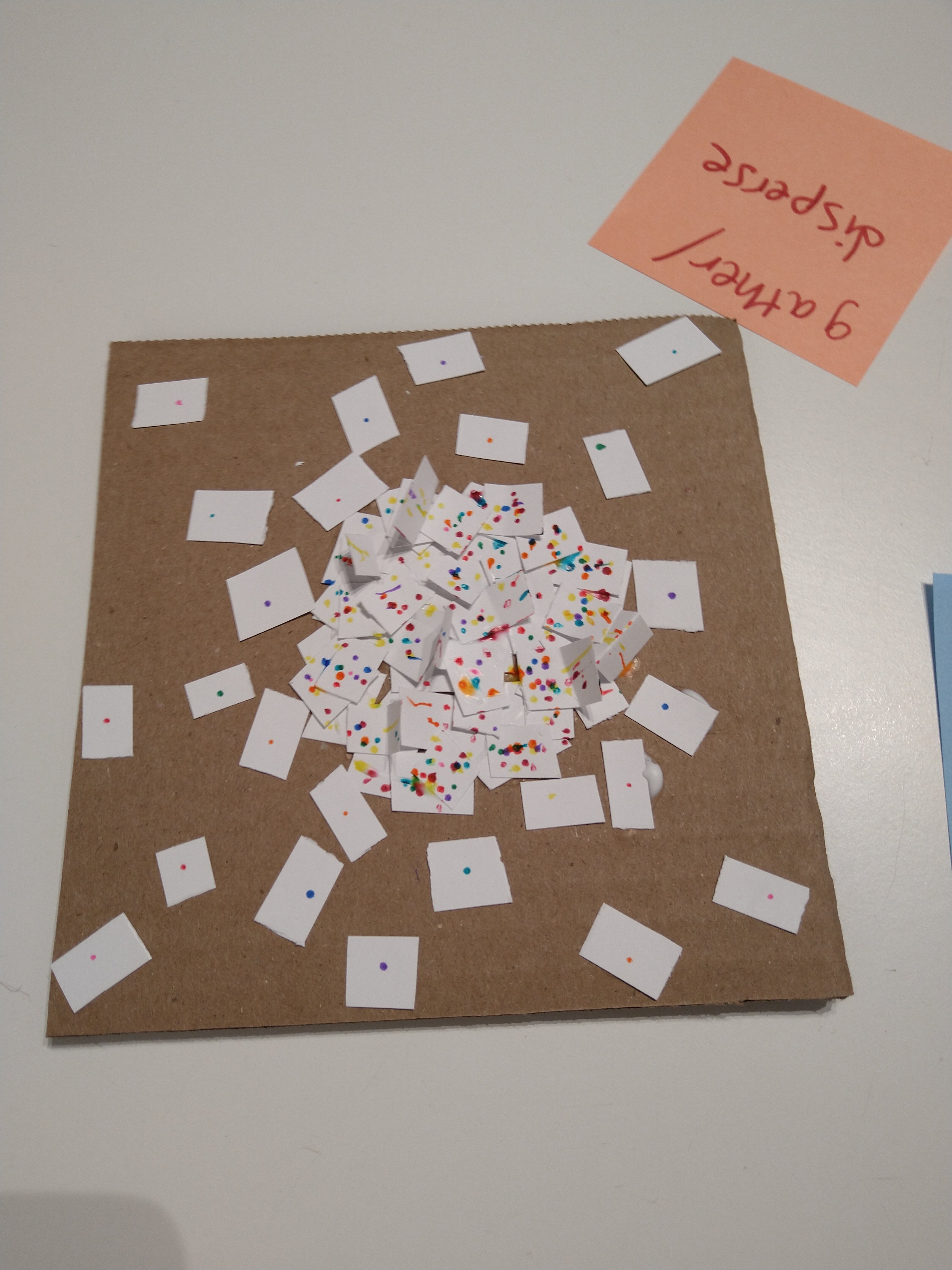













18 Jun 2025 Leave a comment
in 811K, plants, STEM Tags: bird house, horseshoe, shop, wood
17 Jun 2025 Leave a comment
in Bronx, Lego, micro-computer, robotics, STEM Tags: Yankee stadium
17 Jun 2025 Leave a comment
in Bronx, STEM Tags: Thecubicle.com, Yankee stadium
This expert Rubik’s cubester (from theCubicle) solved it blind folded.
12 Aug 2024 Leave a comment
in art, science, STEM Tags: American Museum of Natural History, AMNH, sketch
I spent two days at the American Museum of Natural History, learning how to incorporate sketching into science. Here are some sketches.
Art

12 Aug 2024 Leave a comment
in art, science, STEM Tags: American Museum of Natural History, AMNH, sketch
I spent two days at the American Museum of Natural History, learning how to incorporate sketching into science. Here are some sketches.
Animals

12 Aug 2024 Leave a comment
in art, science, STEM Tags: American Museum of Natural History, AMNH, sketch
I spent two days at the American Museum of Natural History, learning how to incorporate sketching into science. Here are some sketches.
Plants

